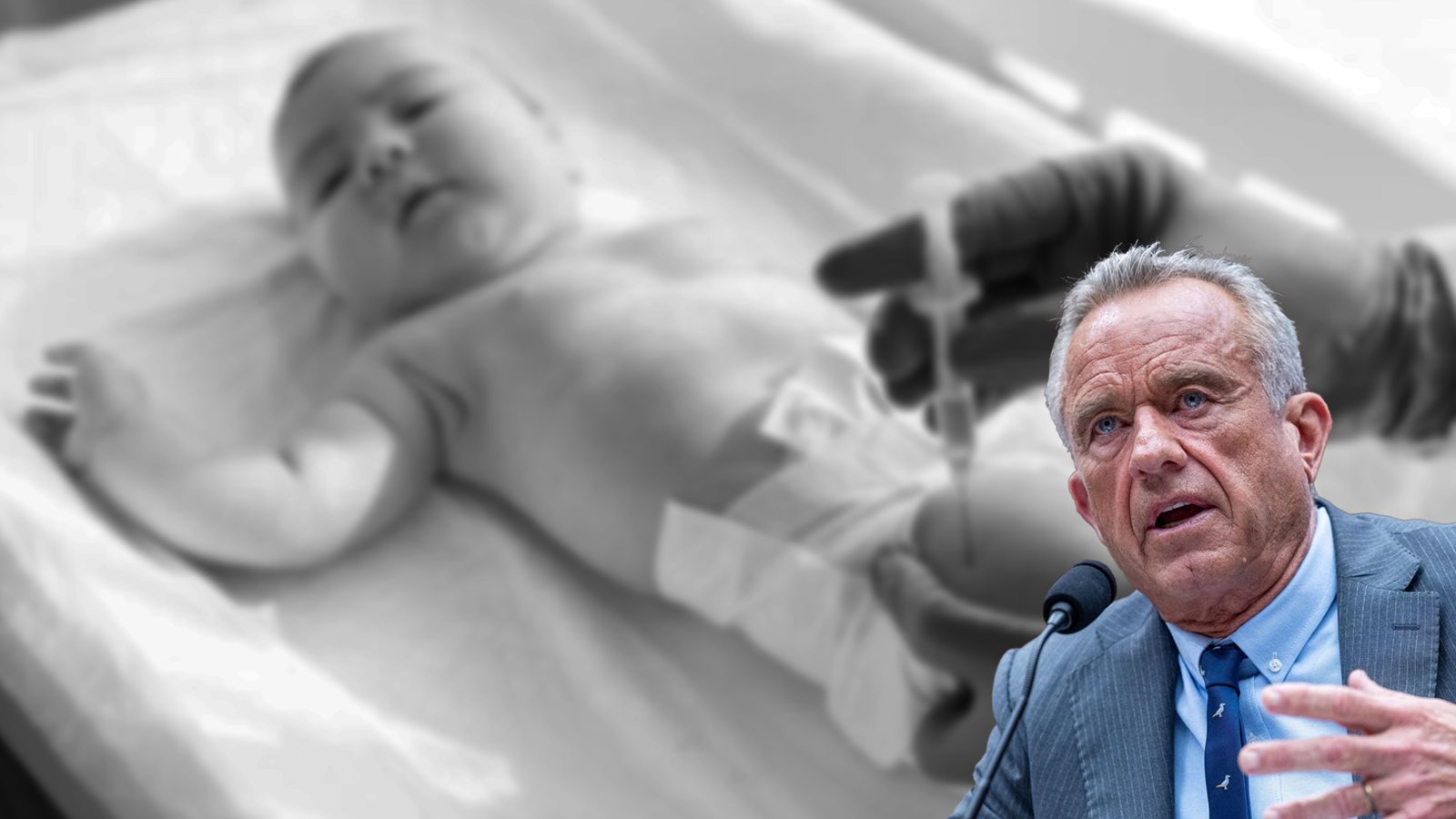
Did someone forward you this? Subscribe here free!
Today’s article covers what we consider the most important topic: Free speech. For that reason, we’ve made it fully free for all readers.
By Max Frost
In the UK, police arrest dozens of people each day for offensive posts on social media. In Germany, police have raided the homes of people who mock politicians online. In France, a woman was detained for 23 hours after giving President Macron the middle finger.
In the US, all that speech is legal, protected by a Supreme Court ruling in 1969.
That ruling, Brandenburg v. Ohio, is becoming ever more important as each side accuses the other of trying to squelch speech and silence their viewpoint. Today, we look at the case, the ruling, and its implications 56 years later.

In the summer of 1964, Clarence Brandenburg, a rural Ohioan and local Ku Klux Klan leader, invited a TV news crew to cover a Klan rally. The event was held on a private farm outside Cincinnati. On the barren patch of land, next to a burning cross, Brandenburg delivered a speech to a crowd of around a dozen hooded figures, some of whom held guns.
His remarks were classic Klan rhetoric: Racist, anti-Semitic, and full of vague threats.
“We’re not a revengent organization,” he told the camera, “but if our president, our Congress, our Supreme Court continues to suppress the white Caucasian race, it’s possible that there might have to be some revengence taken.”
He then talked about a possible march on Washington – echoing civil rights activism but from a white supremacist angle.
The speech was ugly and offensive. But was it illegal?
Ohio prosecutors thought so. Under the state’s criminal syndicalism law, passed in 1919 during the Red Scare, it was illegal to advocate “crime, sabotage, violence, or unlawful methods of terrorism as a means of accomplishing political reform.” Authorities arrested Brandenburg, and he was convicted and sentenced to 10 years in prison.
Yet Brandenburg’s case was taken up by the American Civil Liberties Union (ACLU), not because they supported his message – they found it despicable – but because they believed the First Amendment must protect even the worst speech, or else it protects nothing at all.
The ACLU argued that the charges against Brandenburg violated his Constitutional rights, because his threats were conditional and not calls for immediate violence. In other words: He was expressing a political position, not ordering anyone to riot, kill, or attack.
And for that, the state of Ohio had sentenced him to a decade in prison.
The case reached the Supreme Court in the fall of 1968. There, the state argued:
I would say that the statement such as this to 10 or 20 people, 10 or 20 people can cause one heck of a lot of crime and violence and terrorism in a community. It only takes one person to cause it. But you get 10 or 20 with hoods, shotguns, rifles, and other things, saying, "Kill the n*****s. Send the Jews back to Israel. Send the dark man back to Africa," et cetera, riding in a community, and I say you can cause violence, crime and terrorism right at the start with just two men…
The ACLU, meanwhile, argued simply: Speech is protected unless it directly calls for violence.
The Supreme Court agreed. In an 8-0 per curiam decision – meaning a decision on behalf of the court rather than any specific justice(s) – the justices wrote:
[T]he constitutional guarantees of free speech and free press do not permit a State to forbid or proscribe advocacy of the use of force or of law violation except where such advocacy is directed to inciting or producing imminent lawless action and is likely to incite or produce such action
This established the “clear and present danger” test for regulating speech. That, in turn, endowed the US with some of the world’s most powerful speech protections. That’s why speech that has been outlawed in other countries – from Holocaust denial to offensive social media posts – must remain legal in the US.

The Brandenburg ruling marked a seismic shift in American speech law that continues to reverberate today.
While European countries increasingly rely on laws to regulate “hate” speech, such laws would likely be found unconstitutional in the US because of this 1969 ruling. While the “clear and present danger” test recently became a crucial point in the January 6 case – Trump’s legal team repeatedly invoked Brandenburg to argue that Trump’s speech that day didn't call for imminent violence, while prosecutors argued that his words and timing (before the riot) met the “intent and likelihood” threshold – it’s also provided the legal protection for Communists, anarchists, and other political groups with fringe or unpopular opinions.

Editor’s Note
If you enjoyed today’s story and want to support a news outlet that actually believes in free speech – not in suppressing it with labels and fear-mongering reporting – you can subscribe here to fund our coverage and get our daily deep-dives straight to your inbox.
Thank you all for reading. We’ll be back with a number of interesting deep dives from Canada, from where Max F just returned yesterday. That trip actually dovetails nicely with this story: In the city of Windsor, on the border of Detroit, a young Canadian told Frost that perhaps the biggest problem in his country was a lack of free speech, namely through the use of labels – “misogynist,” “racist,” etc. – to silence dissenting voices. The result, he said, was that people were scared to speak up, causing a subtle erosion in freedom. Whether it’s suppression through society or government repression, it’s cause for concern.
Thank you for reading. And if you have a take, send it in here.
Also, if you missed any, check our latest reports below:
See you tomorrow,
Max and Max




